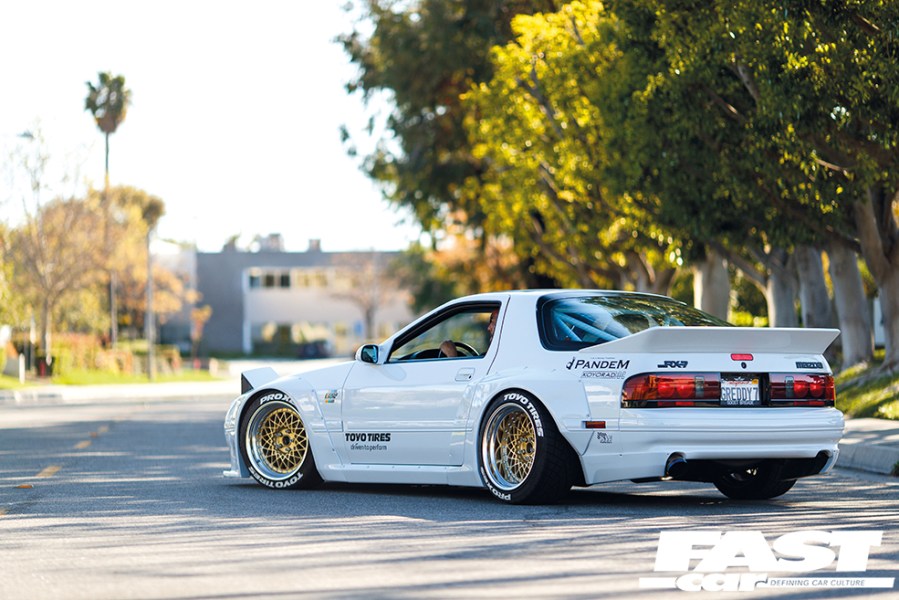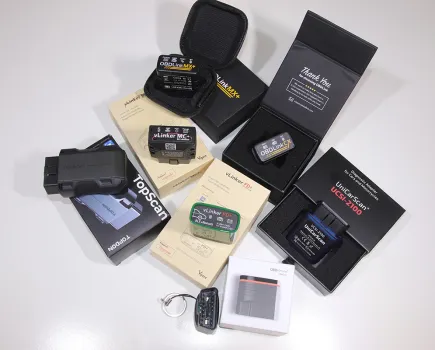Want to get the most performance out of your rotary sportscar? Whether you own an FC or an FD, read this Mazda RX-7 tuning guide.
In its various guises over the years, the Mazda RX-7 has become a hit with the car modification community. From the factory, these unique Wankel-engined coupes came bursting with character, so it’s no wonder that people want to build upon an already-captivating canvas.
It’s quite rare to see a modified first-gen SA22 RX-7, so in this guide, we’ll be focusing on the two tuners’ favorites: the Mk2 ‘FC’ and the Mk3 ‘FD’.
So, without further ado, let’s get into it. Here’s our Mazda RX-7 tuning guide!
Mazda RX-7 FC Tuning Guide
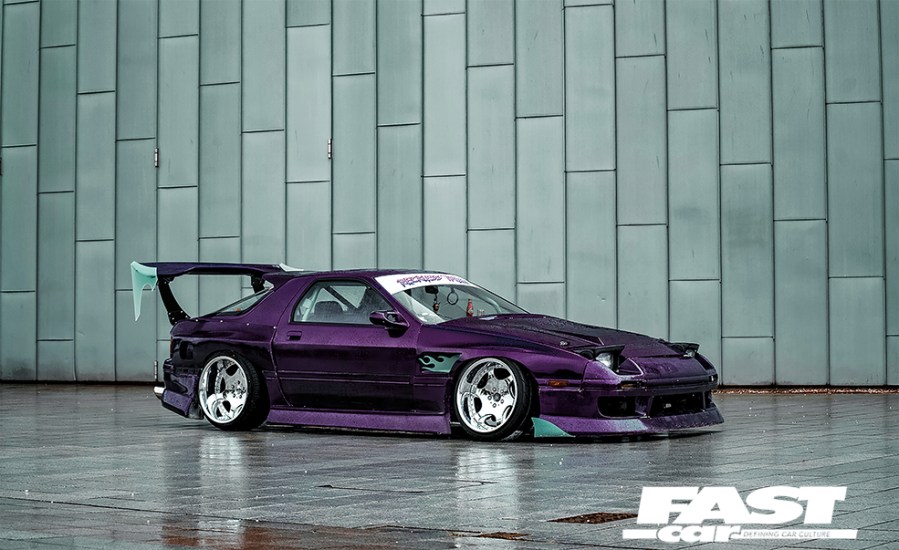
The FC and FD RX-7s are actually very different vehicles, personality-wise. Mazda intended for the FC to be a bit softer than your average sports car; designed to cruise in style, rather than seriously attack apexes. Whereas the FD is more of the purist’s choice.
As such, when modifying your own FC, it would be a good idea to focus on upgrades which give the car more driver feedback, and more poise through the corners. Of course, with 150-200PS as standard (depending on model year), powertrain enhancements wouldn’t go amiss either, should you wish to elevate the FC beyond hot-hatch levels of pace.
According to those principles, here are our top suggestions for tuning a Mazda RX-7 FC:
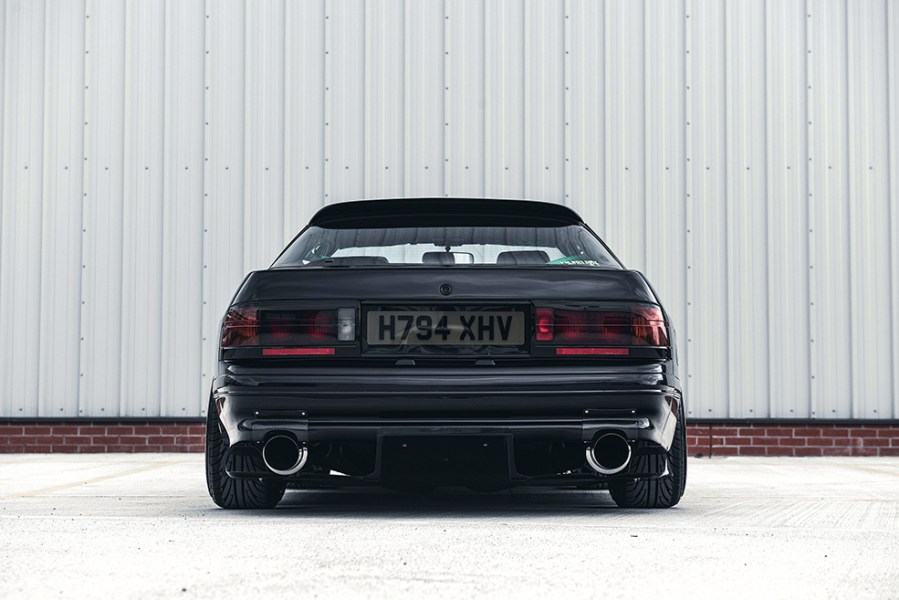
Chassis Upgrades
- Replace the OEM springs and dampers with coilovers (and adjustable top mounts). This will allow you to dial in a much more athletic stance, transforming the way your FC will feel on track days or spirited drives.
- Delete the Dynamic Tracking Suspension System (DTSS). There are aftermarket eliminator kits for this passive rear steering system, which tends to make the car feel a bit numb and therefore a little unpredictable on the limit.
- Upgraded anti-roll bars will improve stability through corners.
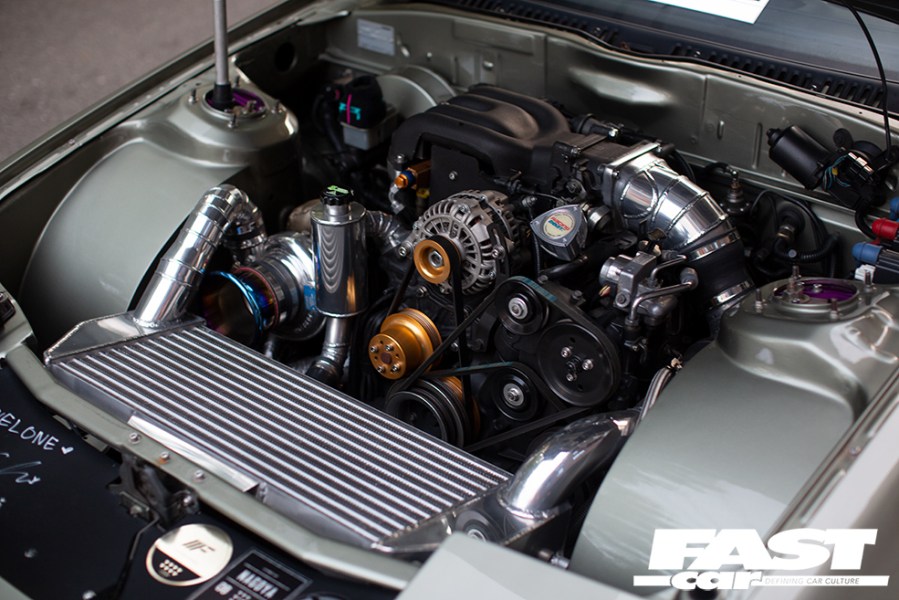
Powertrain Upgrades
- A performance exhaust is a great idea for the RX-7. Rotary-engined cars naturally produce a lot of gas flow, so it’s important to funnel those gases out as efficiently as possible. Plus, it’ll allow your rotary to really sing, though be prepared to combat that with a bit of extra silencing if you don’t want the car to drive you and your neighbors crazy.
- Whether you’re aiming for modest gains, or 400PS, or even 800PS, different stages of aftermarket turbo upgrades will be one of the easiest ways to achieve that. Just don’t neglect the supporting engine management mods, otherwise you’ll be on a fast-track to blowing up your engine.
- Rotary engines create a lot of heat at the best of times, without increasing their output. So, investing in an upgraded cooling system would be money well spent.
- Rotary engines love to drink fuel, so when chasing more power, make sure you upgrade the capacity of the fuel injectors.
- Air/fuel ratio and boost gauges will be important to keep track of your rotary’s health, if you plan on adding power. More than anything though, the best way to prolong the engine’s life is to seek help from a tuner shop with proper rotary experience.
- To some, it may be blasphemy, but if you aren’t up for the all the maintenance requirements needed to keep a pumped-up rotary happy, there’s plenty of engine swaps that have been done to these cars over the years. From four cylinders, to eight, there are several options if you’re craving the familiarity of pistons.
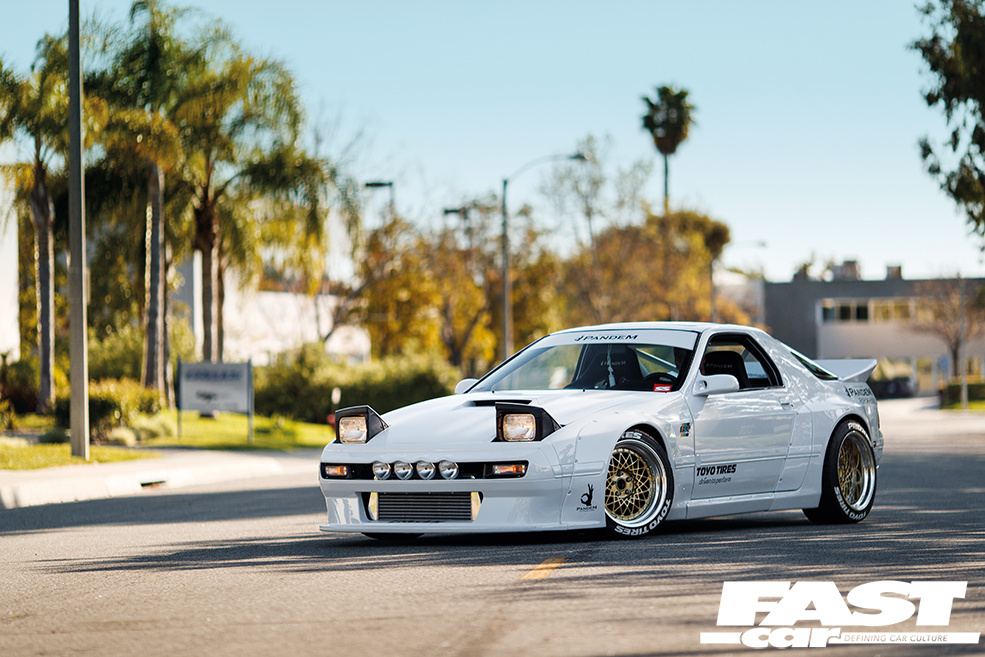
Aesthetic Upgrades
- The OEM alloys supplied by BBS are just 15 inches in diameter. A slightly larger wheel size will give the car a much more attractive stance, however the stock arches are fairly limiting. As such, whichever diameter and style you choose, you’ll need to have 225 radial-width tires front and rear, with an 8-inch wide wheel at the front and up to a 9-incher at the back.
- Wider body kits for the FC are plentiful. The most popular one is arguably that of BN Sports, though we’d advise you to take a look around and see which style speaks to you the most.
Looking for a more detailed tuning guide, specific to the Mazda RX-7 FC? Click here.
Mazda RX-7 FD Tuning Guide
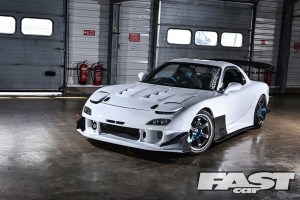
The FD generation of RX-7 is a much more powerful, much more precise driving tool than its predecessor.
From the factory, these cars came with between 255PS-280PS depending on model year. In the ’90s, that was plenty, and will still be for many drivers nowadays too. However, if you want to go up against other modified vehicles and modern performance cars, then a bit of extra grunt wouldn’t go amiss.
From a handling point of view, the FD’s underpinnings feel nimble and responsive even today; its double-wishbone independent suspension does a great job of balancing performance with comfort, and its brakes are superb.
So, it’s easy to see why the FD is as popular as it is. However, that’s not to say that you can’t make it even better. Here’s some of our top Mazda RX-7 FD tuning tips:

Chassis Upgrades
- It’s no surprise that a set of coilovers tops our list of chassis & running gear upgrades. Performance-oriented springs over dampers will give your FD a nice drop in ride height, lower center of gravity, and more adjustability (if you buy a decent kit). Overall, it’s a great way to make comprehensive handling gains – just be sure to buy an FD-specific kit from a reputable aftermarket performance brand.
- Adjustable suspension arms allow for a wide range of camber, castor, and toe changes, making it possible for you to fine tune the way your FD handles.
- Polyurethane bushes will make a big difference in place of the stock (and likely very worn) rubber bushes.
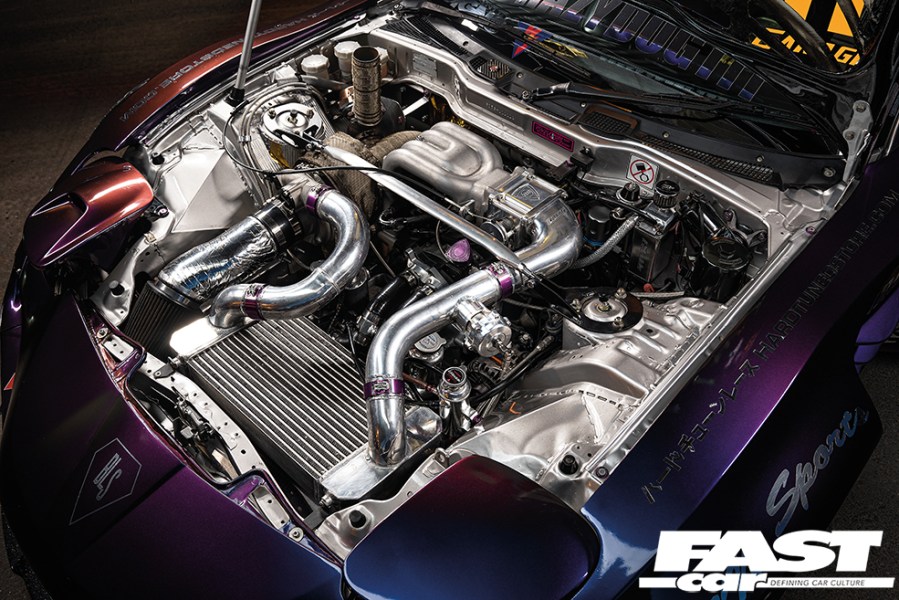
Powertrain Upgrades
- Like the FC, the FD will benefit greatly from an upgraded performance exhaust. The increased gas flow demands of rotary engines combined with yet more gas flow demands from forced induction mean that these twin-turbo coupes are vulnerable to back pressure. Equipping an exhaust with wider pipework and a straighter flow will help your modified FD to breathe.
- If you’re going to chase power gains, you’ll need an upgraded air intake. Again, don’t leave your FD unable to breath correctly – it’s just as important for cars as it is humans! Your intake will need to be custom fabricated if you’ve swapped the stock twin-turbo architecture for a big single turbo set-up.
- Like the FC, larger fuel injectors will be needed for anything more than ‘modest’ power gains.
- An upgraded radiator will help to keep your rotary cool while dealing with its new-found power. However, you should only upgrade its oil coolers if you know that the oil is running too hot without those upgraded parts. If you go overkill with the oil cooling, you could actually do more harm to your engine’s health than good.
- Like any relatively modern car, an array of engine mods should be accompanied by an updated ECU map. Just make sure you choose a mapper that’s got experience of rotary engines and their specific needs.
- Engine swaps don’t have to mean Chevy LSs, Toyota 2Js, or Honda K Series. If you wanted to stick with rotary power, you could instead upgrade from twin-rotor technology to three, or even four rotors.
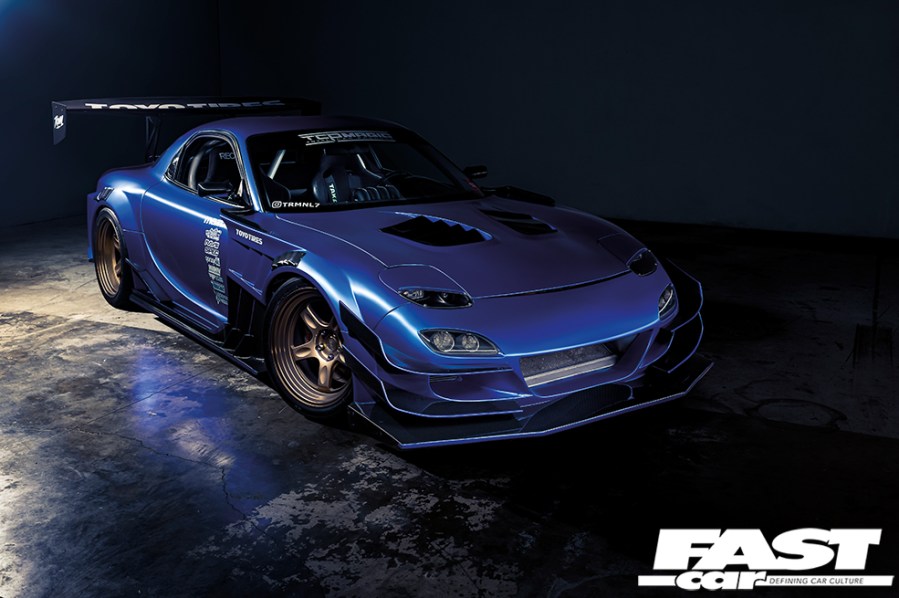
Aesthetic Upgrades
- The FDs alloys are a little larger than the FCs – the Spirit R models got 17-inch BBSs. As such, if you want to swap out the rims, the FD’s stock arches can comfortably take 9.5×18 wheels with an ET20 offset. You’ll also be able to fit fairly substantial 245-wide tires at the front and 265-wide tires at the rear.
- There are plenty of widebodies around for the FD if you’re after an ultra aggressive look, but flared arches and big aero isn’t the only option for a car as naturally elegant as the FD. Other styling choices that you could opt for include vented bonnets (which also serve the functional purpose of getting hot air out and cold air in). Or, if pop-up headlights aren’t your thing, there are several fixed headlamp mods out there too.
Looking for a more detailed tuning guide, specific to the Mazda RX-7 FD? Click here.
Further Inspiration
If you want to take your quest into the RX-7 aftermarket even further, feel free to check out the links below:

